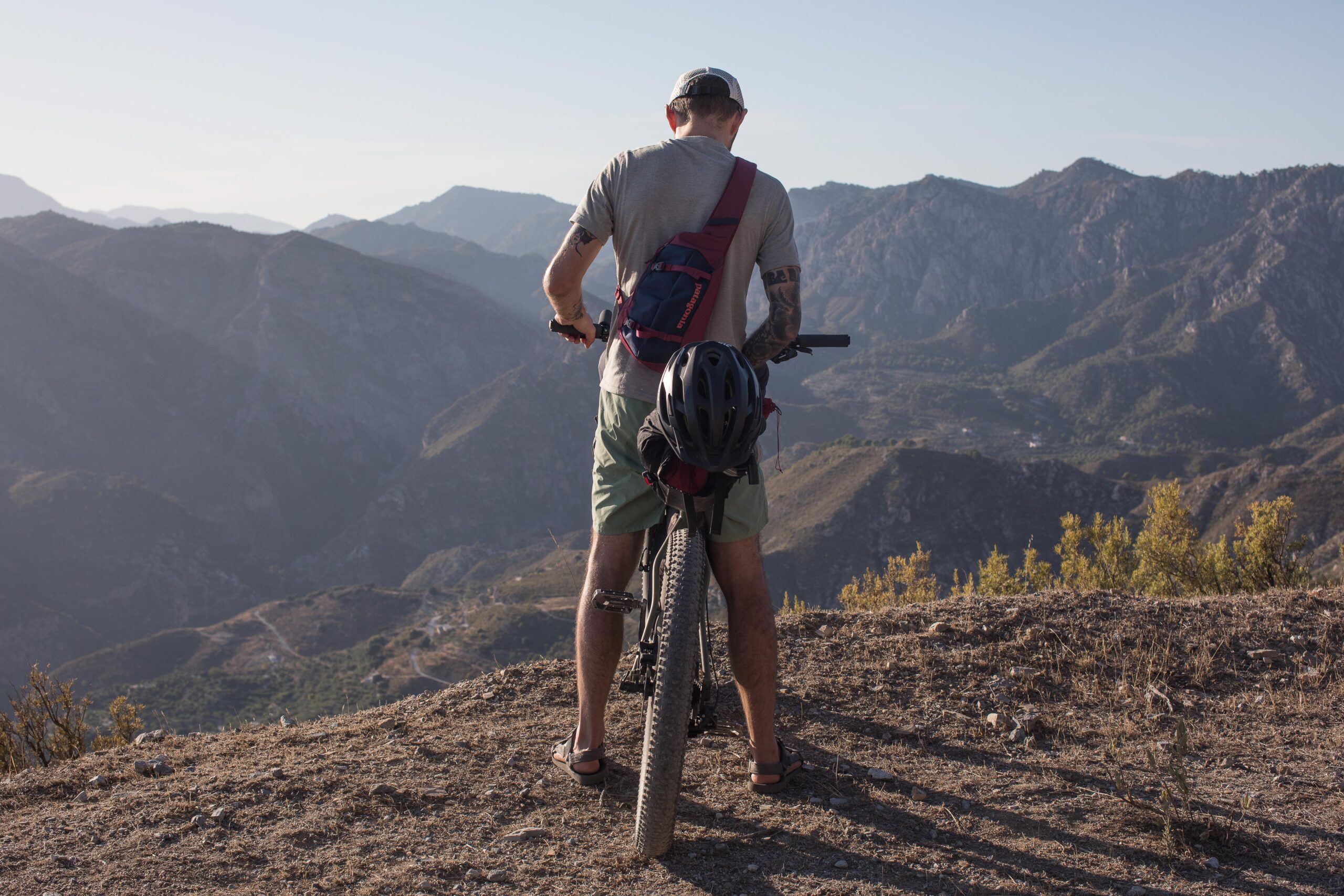In October 2019, I flew from Norway to Málaga for a bikepacking adventure with my girlfriend, Amber, and my good friends Bart and Michalina (familiar to those who read my recent article Bikepacking Scotland). This was a very special ride at the time, but even more so when we returned. It would be Amber’s first extended adventure cycling trip and her introduction to the gang, whilst also being the final international ride for us collectively before the outbreak of Covid-19.

The Spanish Sierra Nevada (meaning mountain range covered in snow) is located in the region of Andalucía, a province of Granada. It is home to the highest point in continental Spain: Mulhacén 12,300 feet (3,749 metres). In the summer months, it’s a bikepacker’s paradise, with fantastic weather, an abundance of gravel roads and trails, quaint villages, incredible authentic Spanish food, good coffee, and a selection of pretty mountain huts left open to adventurers. In the colder months, this area is popular for winter sports, including fat biking. The closest airport for accessing the mountains is located in Granada. But logistically, it was easier for us to fly to Malaga (I was based in the Arctic Circle, Amber in Minnesota, and Bart/Michalina in Scotland).
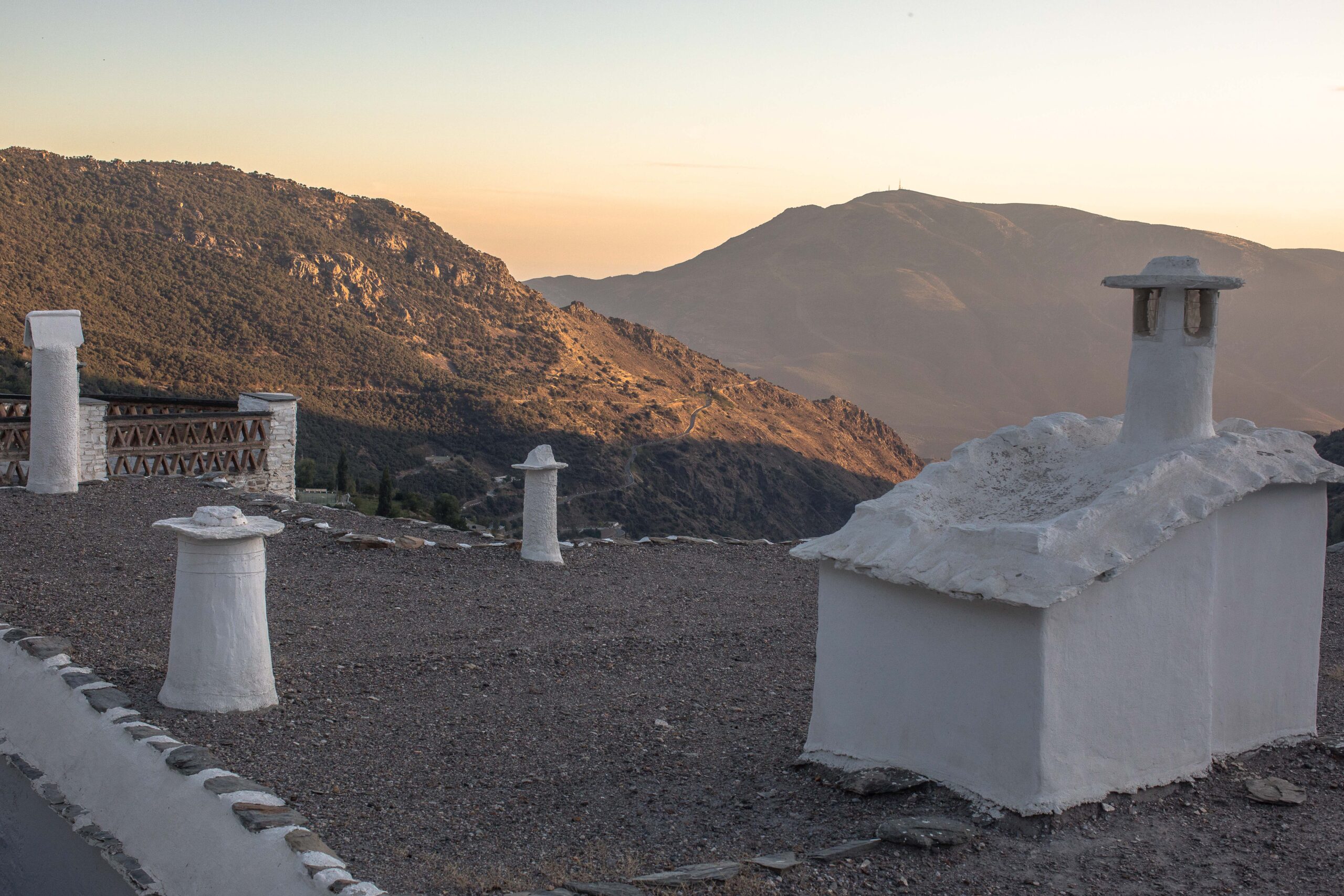

I remember riding in the Cairngorms with Bart and Michalina some years earlier as the “third wheel,” admiring the love they had for one another, alongside their shared infatuation with the outdoors. I took the photo below and distinctly remember thinking, “Wow, I hope one day to meet someone I can share these experiences with.” Well, fast-forward, and I was about to introduce them to Amber, on her first extended bikepacking trip. I was so excited. We’d discussed various locations prior to the ride but settled on Spain as a great introduction to bikepacking. That said, the Sierra Nevada is no easy challenge, with gruelling climbs, extreme heat, and plenty of hike-a-biking. Fortunately, these were offset by sandy beaches, swimming, a smorgasbord of traditional Spanish food, local wine, and perfect company.
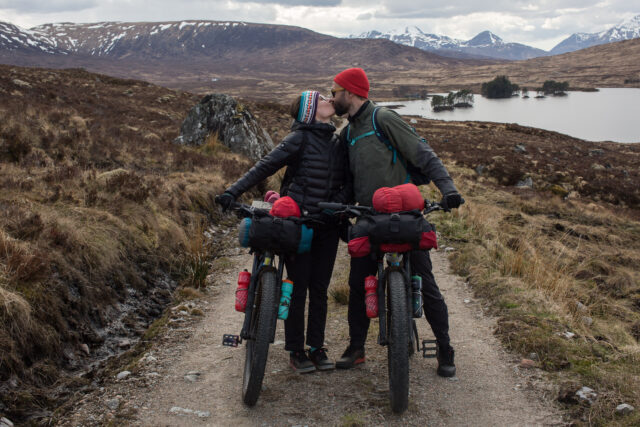
The ride began in Malaga, with Bart, as per usual, being designated route master, head of operations, and our go-to adult. Unfortunately, this meant we’d all suffer his superhuman endurance, which, like Gollum to the ring, forever seeks out the most punishing inclines. I’d also like to add that he forever promises a fabled “plateau,” but in all the years we’ve ridden together, I’ve yet to reach it. One of the many reasons I love Bart is that he’s always challenging us, squeezing every drop of adventure out of our rides. The journey from Malaga to the Sierra Nevada took a few days, starting with leisurely cycle paths along the coast. It was during these first few days that Amber swam in the ocean for the very first time (she’d only seen the sea in person one year previous in my UK hometown). It was pretty special, jumping through the waves, showing her all the silly games I played growing up. I wanted this ride to be perfect for someone who had never experienced international travel previously. Bart and Michalina, aware of Amber’s circumstances, were just incredible at making this ride special. I’m not sure what was more rewarding for us, the ride itself or watching someone fall in love with bikepacking.

As we drew closer to the mountains, our route became more demanding, and despite being the start of October, temperatures hit almost 104°F (40°C). The abnormal heat was a harsh reminder of climate change; locals explained it was nearly double the average temperature for that time of year. Our planned ride around the Sierra Nevada remained flexible to change and included a number of escape routes in the event we couldn’t complete the journey before our departure. Once we entered the mountains, we realised very quickly that life in the saddle was about to get tough.
In my Bikepacking Scotland article, I discussed remote highland bothies and mentioned that there were equivalents all over the world. This Spanish mountain range also has a selection of these shelters called refugio, and we hoped to make them our home on a number of evenings. Unlike Scotland, some of these shelters are more like hostels and require payment (sometimes quite expensive), but offer luxuries such as cooked food and hot showers. Nonetheless, many are similar to Scottish bothies (the ones we were most interested in), are unmanned, and range from a proper building to a more rudimentary shelter (for more information, see links below). Unfortunately, after one of our toughest days, we arrived to find the first refugio locked for renovations and instead camped nearby (check online before assuming a shelter is open and always carry a tent/bivvy). Fortunately, this was a beautiful area to camp, and after a restful night under the stars, we descended to Capileira.

This quaint mountain village, located at an elevation of 4,711 feet (1,436 metres), is a popular tourist attraction and is undeniably charming. At this point, we’d already been riding in the Sierra Nevada for a few days, and our next objective was to summit the highest mountain, Mulhacén. Bart brought me to one side and quietly suggested we stay in a traditional hotel for the night before revealing the news to the girls (Michalina’s reaction can be judged in the picture below). It would be our only planned night of luxury during our two-week adventure, and we were all excited to be tourists for a day.

This was an opportunity for us to completely switch off, let our bodies recover, immerse ourselves in the culture, and take lots of photos. I love photography, and for me, it’s inextricable from bikepacking or any adventure for that matter. It was nice to indulge in some street photography, portraits, and lifestyle shots. Moreover, this was a chance to fully enjoy the Leica M6 35mm, which excels in this environment. On bikepacking trips, the priority is often exploring remote areas, but it’s also nice to set time aside to be amongst the hustle and bustle, soak up the history, and meet the locals. There’s sometimes an expectation with bikepacking adventures that they have to be some sort of physical martyrdom and that perhaps more localised trips or leisurely rides aren’t as valid. This is a real shame and makes the sport feel less accessible to those lacking confidence. Bikepacking is about being outside, riding your bike, and having fun. There are no medals for riding the farthest or climbing the highest; it’s just about the love of riding. The journey is often more meaningful than the destination, so don’t feel ashamed to slow down, take time off the bike, and immerse yourself in the aspects of travelling you love.

The next day, we began the monstrous climb to Mulhacén, and by 10:00 a.m. that morning, it was already 86° F (30° C). Amber powered ahead whilst we quietly discussed how incredible she’d been throughout the trip. The dirt road network throughout the Sierra Nevada is ideal for cycling, and a gravel bike would suffice for the most part. That said, I think a mountain/plus bike is advantageous, as the roads vary in quality and can be quite rutted. The climb to Mulhacén was not the steepest, but it was relentless, and the heat was unforgiving. The light was fading as we reached the final 600 metres of the ascent, but from this point, it would become narrow, hazardous, and slow going. Thus, we decided that we’d save the final push for the following day and descended to the Refugio Poqueira. This particular refugio is nothing like a Scottish bothy, requires payment, and is more of a large hostel. Poqueira is basic inside but has tonnes of alpine charm—watching the sunset on the terrace at 8,202 feet (2,500 metres) was another highlight of the trip.

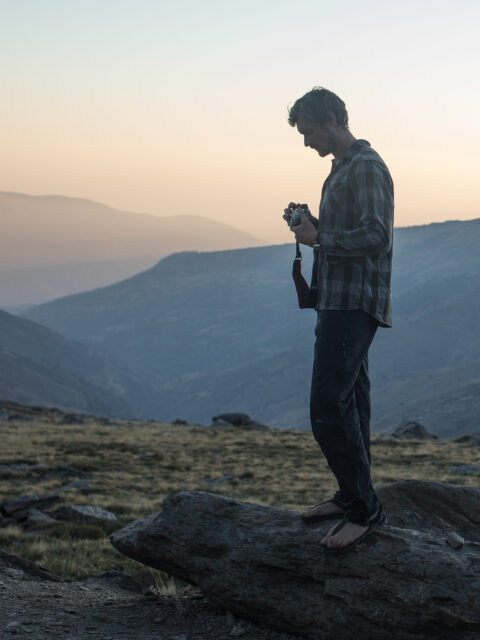

Unfortunately, this is where things took an unexpected turn. Amber is allergic to a very rare type of shellfish, which means, for the most part, she can eat most fish dishes without concern. At the refugio, we had a fish soup, which, fortunately, Amber tried and didn’t fancy (leaving her serving for me). However, the few spoonfuls she sampled were enough to trigger a reaction. Amber is as tough as they come, so despite our reservations, she insisted she wanted to continue the ascent the next morning. Thus, we began climbing, but after 30 minutes, I became increasingly aware that Amber wasn’t herself and breathing heavily. I rode ahead to Bart and Michalina, expressing my concern, and suggested we re-evaluate the situation at the next crossroads. In Iceland, I ignored my body’s warning signs, got very sick, and was lucky to be offered help by some passing rangers. The experience taught me the importance of listening to my body and knowing when to turn back. I knew Amber was dead set on reaching the summit and that we had to be the ones to intervene. It’s important to recognise that in remote locations, it could take a long time for emergency services to reach you, and you should never take chances when it comes to your health. We convened on the crossroads and determined Amber was in no fit state to continue climbing. Hence, we parted ways. Bart and Michalina headed for the unmanned refugio near the summit, and we descended back towards Capileira. It was hard seeing Amber disappointed; I knew what summiting meant to her. However, after a frustrating descent, the adrenalin tapered off, and exhaustion set in. I booked the same hotel we’d stayed at previously, and after a quick trip to the chemist, Amber slept for the rest of the day.
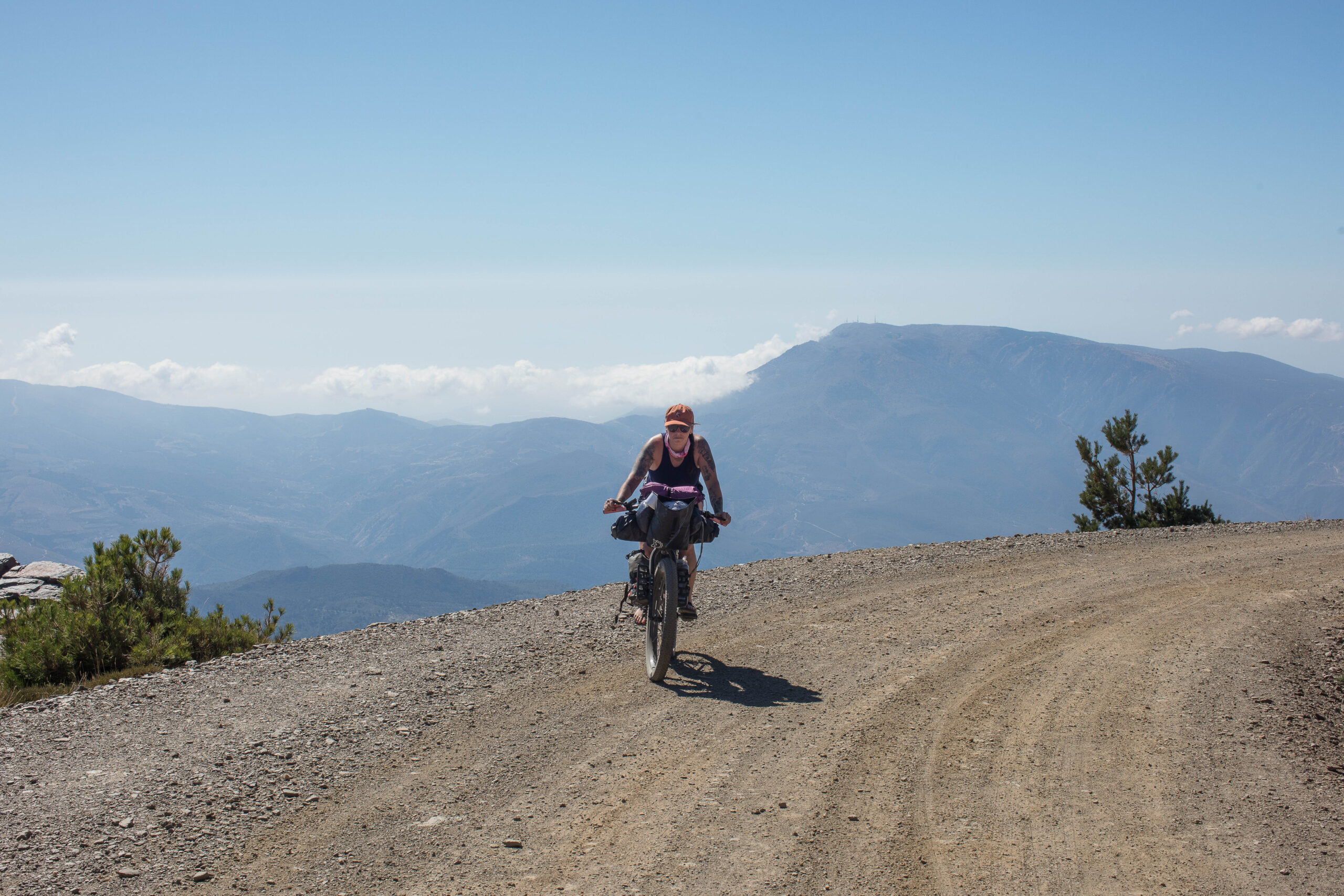
The next morning, Bart dropped a pin on a crossroads in the mountains where we could meet (technology has its uses in the backcountry) and continue the ride. This wasn’t our planned route, and the delay meant time was now tight for me and Amber to complete the trip (our flights departed four days earlier). Hence, we adjusted the ride to spend the next two days with Bart and Michalina before saying our goodbyes, utilising one of our bail-out roads to head back to civilisation. It’s always hard going our separate ways, but the mountain roads back to our pick-up point were an absolute blast: approximately 7,545 feet (2,300 metres) of silky smooth switchbacks through stunning mountain villages, finishing up at one of our friend’s apartments for dinner. We spent one final day in Málaga, enjoying street photography and soaking up the sights.
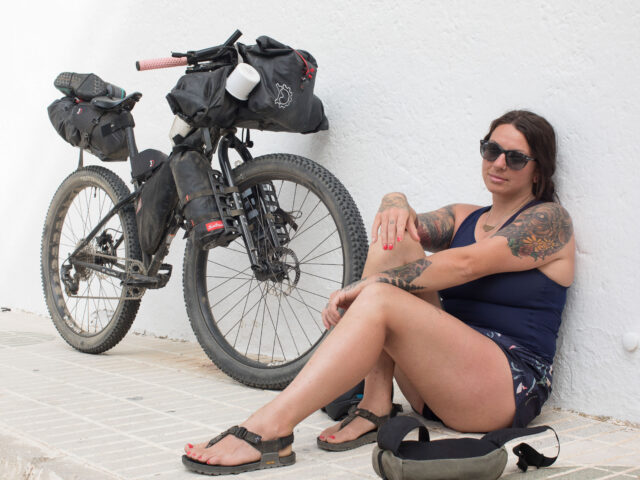
Spain is arguably best known for its beautiful weather, sandy beaches, comfortable resorts, and delicious food. It’s a country that, in the UK at least, is considered the perfect place for a relaxing summer vacation. However, whilst this is all true, these perceptions fail to recognise or promote the opportunity for exploration. I was genuinely staggered by the sheer scale and ruggedness of the Sierra Nevada, which is the perfect adventure playground for outdoor enthusiasts. In many ways, this mountain range felt like a Mediterranean equivalent of the Cairngorms, i.e., a concentrated geographical area full of gravel roads, bike trails, free shelters, quaint villages, and epic mountain scenery. Yet, unlike Scotland, there’s very little rain and almost constant sunshine. I’d recommend avoiding the summer months due to the excessive heat and tourism, instead opting for spring or autumn. Spain was a truly wondrous place to ride, but seeing Amber fall completely in love with bikepacking was definitely the highlight. If you’d like to know more about exploring the Sierra Nevada by bike, then check out the resources linked below.
Sierra Nevada Mountain Shelters:
spanishhighs.co.uk
Route Inspiration:
Transnevada – bikepacking.com
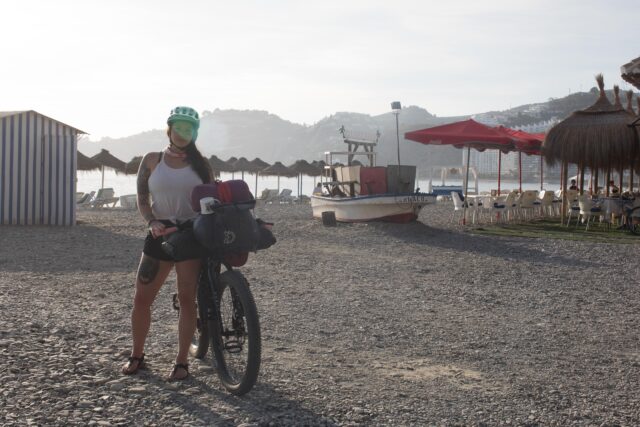
Our No Compromise Clause: We carefully screen all contributors to make sure they are independent and impartial. We never have and never will accept advertorial, and we do not allow advertising to influence our product or destination reviews.


